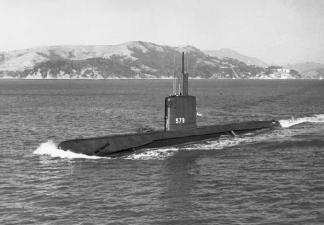Red Star Rogue (42 page)
Authors: Kenneth Sewell
10-2 authority
Teritu
(research vessel)
terrorism
Toon, Malcolm
United Nations
United States: blackmail scheme against Soviets by, blamed for sinking k-129, fear of Chinese attack in, military buildup in, public ignorance about K-129/Project Jennifer in, reduction in strategic forces of, Soviet revenge on,
See also specific person, nation, or topic
University of Hawaii, See also
Teritu
U.S.-Russia Joint Commission on POW/MIAs (USRJC)
Vietnam War, American casualties in; and anti-war movement, escalation of; and Johnson administration; and K-129 plot; and Nixon administration; and Soviet-U.S. relations, Tet Offensive in, U.S. funding for, U.S. withdrawal from
Vinogradov, Vladimir,
Vladivostok: Communist Party in, Dalzavod shipyards in, effects of
Pueblo
incident on; and inland waterway system, naval families in, Pacific Fleet headquarters in, reaction to loss of K-129 in; and search for k-129, U.S. surveillance/tracking around
Volkogonov, Dmitrii A.
Walker, John A. Jr.
Washington Post
Watergate
weapons of mass destruction (WMD)
Woolsey, James
World War II
Yankee-class submarines, Soviet
Yeltsin, Boris
Zarnakov, Alexander
Zhuravin, Alexander M. “Sasha”: and Communist Party, as de facto commander of k-129, family background of, family and lifestyle of, as first-officer of k-129, good-byes of, grave of, illness of, joins k-129; and K-129’s last voyage, letter for son by, loyalty of; and manifest for k-129; and mystery men; and orders for k-129, personality of, professional career of, reputation of, selection as submariner of; and takeover of k-129; and U.S. surveillance/tracking of k-129, will of
Zhuravin, Mikhail “Misha”
Zhuravina, Irina
Zuev, Victor
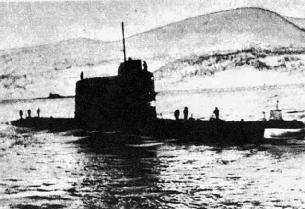
K-129 photographed off the Russian coast.
(Soviet Naval Archives)
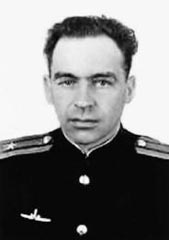
Captain First Rank Vladimir Kobzar, commander of K-129. He was in line to be promoted to a command position at Soviet fleet headquarters.
(Courtesy of Kobzar family)
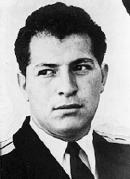
Captain Second Rank Alexander Zhuravin, first officer of the K-129. Zhuravin was to assume command of the sub on its next mission.
(Courtesy of the Zhuravin family)
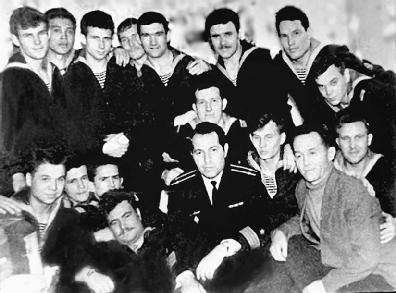
Captain Zhuravin (foreground, center) was a popular officer among his submariners.
(Courtesy of the Zhuravin family)

A Soviet Golf-class sub running on the ocean’s surface.
(U.S. Navy photo)

Schematic drawing of the K-129, Golf-class submarine. Note the location of the ship’s bell, an important clue to how much of the submarine was recovered by the CIA.
(Drawing by Christine M. Haggy)

A submarine commander’s view from the bridge of a Soviet sub.
(Soviet Navy photo)
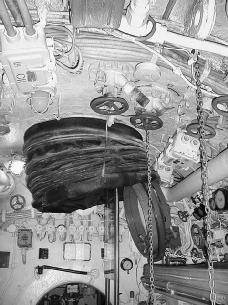
Escape hatches on K-129 were located in the control room and aft torpedo room, as depicted here in a similar sub.
(Photo by Frank Parker, with permission of Submarine Attractions Seattle, Inc.)
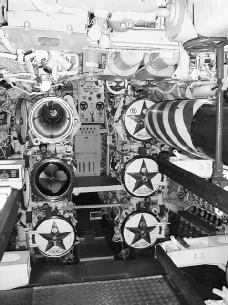
The forward torpedo room of K-129 was identical in design to the compartment in this Soviet Foxtrot attack submarine.
(Photo by Frank Parker, with permission of Submarine Attractions Seattle, Inc.)

The Soviet R-21 (SS-N-5) missiles aboard K-129 carried one-megaton nuclear warheads and had a range of nearly eight hundred miles. The CIA most likely retrieved at least one of these missiles.
(Drawing by Christine M. Haggy)

Open missile hatch on a Golf submarine.
(U.S. Navy photo)
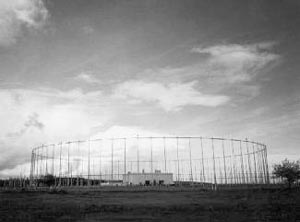
U.S. Navy intelligence tracked Soviet submarines by intercepting communications between the subs and their headquarters using massive listening stations nicknamed “elephant cages.”
(Photo courtesy of Lynn Lee)
